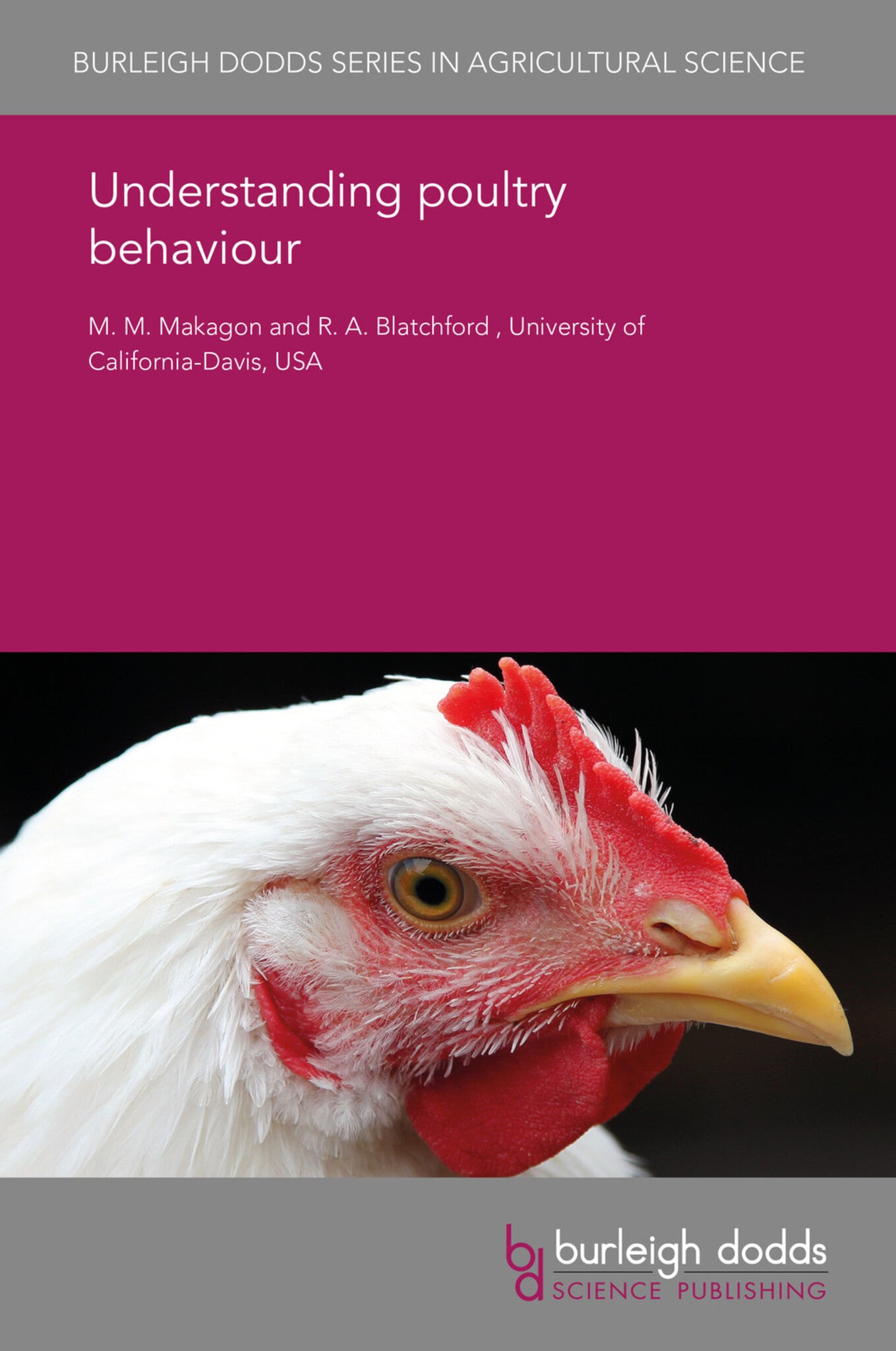We're sorry. An error has occurred
Please cancel or retry.
Understanding poultry behaviour

Some error occured while loading the Quick View. Please close the Quick View and try reloading the page.
Couldn't load pickup availability
- Format:
-
31 August 2017


TECHNOLOGY & ENGINEERING / Agriculture / Sustainable Agriculture, Poultry farming, TECHNOLOGY & ENGINEERING / Agriculture / Animal Husbandry, Sustainable agriculture

1 Introduction 2 Key methodological challenges: defining experimental unit, sample size and behaviour of interest 3 Key methodological challenges: selecting the most appropriate metric and sampling strategy 4 Case study: provision and design of perches 5 Summary: notes on the contributions of applied ethology to enhanced and sustainable production 6 Future trends in research 7 Where to look for further information 8 References



